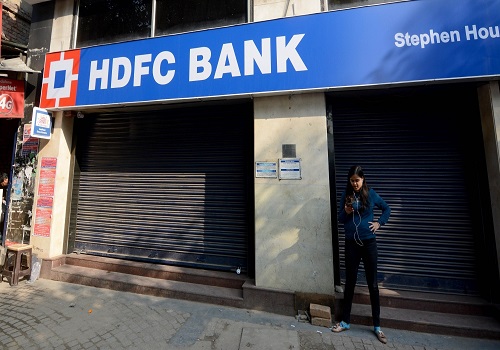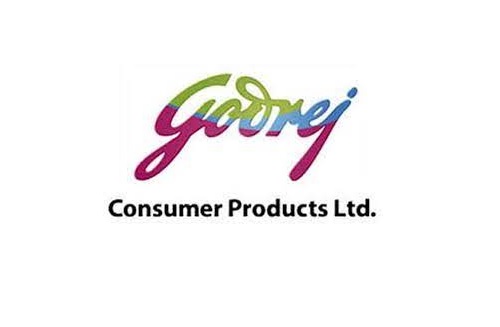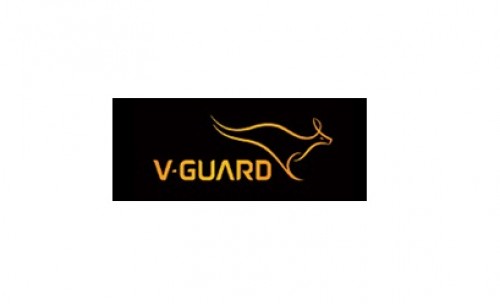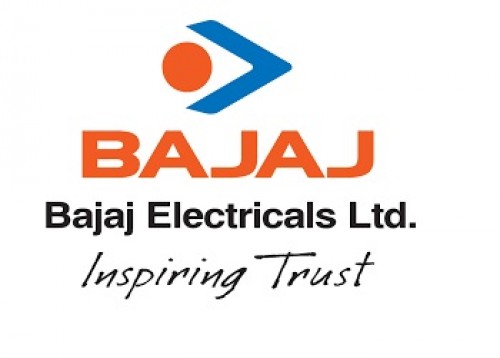Consumer Goods Sector - Beneath The Surface By ICICI Securities

Follow us Now on Telegram ! Get daily 10 - 12 important updates on Business, Finance and Investment. Join our Telegram Channel
This is NOT a template-based results review report (of aggregate performance, charts et al). This is a portfolio manager summary of the under-appreciated, yet very important takeaways from the 4QFY21 results season. We decipher management comments, add the layer of our views. Read on.
Preferred picks (structural and tactical):
Large caps: Godrej Cons., Marico, United Spirits, Zydus Wellness
Midcaps: Akzo Nobel, Bajaj Cons., Jyothy Labs, Sheela Foam, Westlife
Britannia:
(1) One of the most profitable foods company – Great – However, where from here? Varun Berry recently commented “we are amongst the most profitable food companies in the world by operating in a category predominantly which is a low gross margin category compared to any other food category”. Following Varun Berry’s appointment in FY2015, BRIT’s EBITDA margins have expanded ~800bps to 19.1% in FY2021. We believe this is a result of several sourcing and efficiency gains as well premiumisation measures (channel, product, SKU etc.). However, we reckon there’s limited (easy) opportunity for margin expansion from hereon. (2) Milk Bikis – another shot at the Glucose segment, in our view. Management’s statement that “We got only a 4% share of the milk plus glucose put together and that’s where the potential lies.” signals Britannia, along with driving the premiumisation agenda, is also looking at mass sub-categories. It did allude that the margins in Milk Bikis is far better than the plain glucose segment. (3) PLI beneficiary? We understand and appreciate there are too many uncertainties and moving parts here but given (a) BRIT is looking at multiple production expansion opportunities and (b) is operating at high capacity utilisation (besides ~35% outsourced production), it can eventually be a potential beneficiary of the PLI scheme for food processing sector.
Dabur:
(1) Hair Oil competition – Management commented that “Hair Oil is pretty competitive because we have got a price player sitting there at a very low price who plays the game like a commodity and therefore competitive intensity is very high there and it provides the limitation for us to take a price increase”. Some investors have likely interpreted this as a comment regarding the low-cost value-added hair oil offering in Amla segment of a leading hair oil player. It did express the intent to drive growth in premium hair oils and shampoos. (2) Fresh rigour for Foods. Since many years, Dabur had aspirations in driving growth for Hommade brand, however, success has been limited. For the first time, in our understanding, it added targets to the ambition (which we like): “We are running at (Rs) 70 crores this year and we want to make it up to around (Rs) 100 crores and in next four years’ time we want to breach it to (Rs) 500 crores and that's what we plan.” (3) NPD – the new growth engine. Dabur’s new products (NPD) is here to stay, in our view. Management comment - “Last year was extremely contextual and favouring NPD. But we would want to peg it around 4%-5% for next year as well because now innovation has become an integral part of doing business for us.”
Hindustan Unilever:
(1) Premium means premium. HUL is always in the pursuit to develop categories of the future and not just do incremental innovation. It said “...and the premium or the masstige end, today, masstige is a small part of the business in India. This is not about premium at 120 index, but masstige would be, say, 300 average to the index. That is the segment we want to explore.” (2) Calibrated steps on new launches. HUL did go slow on innovation in FY21 given the uncertainties in the market. To this it stated - “You need not necessarily be first to the market. You can be second and be better. So that's a philosophy when it comes to innovation.” (3) Shikhar app – a potential strength. “We have added 350,000 Shikhar outlets at the rate of more than 1,000 outlets per day, taking our total count to over 5 lakh (0.5 mn) outlets.”
Marico:
(1) Working Capital gains (significant for value creation). As highlighted in our recent report (link), MRCO’s working capital improved by 30 days to 17 days in FY2021 driven by (1) SKU rationalisation, (2) new manufacturing footprint and automated systems, (3) lower receivables and (4) stricter credit control in general trade. (2) Neo Foods strategy (we like it). After years of efforts in establishing savoury oats category (under Saffola), Marico is now eyeing presence in reasonably sized categories (like Honey, instant noodles, Soya chunks) to drive incremental growth. It said, “The existing health equity of the brand Saffola has allowed us to make a seamless foray into multiple categories this year, which has effectively expanded the brand’s total addressable market of foods to at least Rs.5000 Crores.” For foods, the guidance is to reach Rs8.5bn in three years. (3) Non-core products for e-commerce channel. “...the percentage of non-core business has to be significantly higher and over the next 3-4 years we will try and increase the non-core business in e-commerce, which is currently higher than obviously GT right now, but it is not as high as we would like it to be...”
Godrej Consumer:
(1) Household Insecticides - Innovations in the burning format likely. “...have two products coming... (addressing the) illegal (mosquito repellent) sticks that sort of compete directly against them…” (2) Don’t expect too many portfolio changes under Sudhir Sitapati, the incoming MD & CEO. That said, we do expect Sudhir to drive some course correction in Household Insecticides and be a catalyst for air care, homecare and fabric care ambitions (of GCPL). Management comment - “I don't see too many portfolio changes happen and that's not the mandate that he is coming in with.”
Titan:
(1) Balance sheet strength. While a strong balance sheet was TTAN’s strength (brand being the most important, in our view) in the jewellery business, the focus has now percolated deeper. Management comment - “The management of cash and the balance sheet became a well institutionalized process in the company, not restricted only to the top team. Infact, I would say you know CEO minus two level it has deeply penetrated, CEO minus two level people talk in terms of cash, in terms of balance sheet.” (2) Localisation in ‘South’. Management discussed multiple initiatives being taken to drive growth in the state of Tamil Nadu which included a lot of localisation. We note that historically, South has been the toughest market to succeed for TTAN; success in TN can give it a template for other states as well. (3) Wedding segment – still a long runway. “Most jewellers actually see 50% to 60% contribution from weddings. So we still have a lot of headroom notwithstanding the fact that we sell a lot of everyday adornment jewellery as well”.
Page:
Athleisure and Jockey Junior key growth drivers. We like Page’s efforts to find new avenues for growth – kids and athleisure range along with penetrating the rural markets. “Jockey Juniors special channel partners across 50 cities in Phase I and intend to double this reach by the end of FY22”. On Athleisure, it said “In near future, we may also have to have only athleisure stores because the kind of range we have now, we are ready to actually have stores which can cater to only our athleisure business”.
Westlife:
Maintains store expansion target. Westlife reduced its store-print by 14 stores on a net-basis (closed 19 and added 5) as part of its network optimisation initiative. A key positive is that it is retaining store expansion target of 20-30 store additions for FY22 with long-term real estate deals becoming more attractive.
Valuation and risks
We value stocks on DCF (WACC and TG ranging from 10-13%, 3- 6% respectively) except Godrej Cons. and Tata Cons. which we value on SoTP basis. Key upside risk is better-than-expected gross margins due to correction in input prices. Key downside risk is unexpected irrational competition due to deceleration in general consumption demand. Please refer Table 1 for revised estimates, target prices and ratings.
To Read Complete Report & Disclaimer Click Here
For More ICICI Securities Disclaimer https://www.icicisecurities.com/AboutUs.aspx?About=7
Above views are of the author and not of the website kindly read disclaimer










Tag News
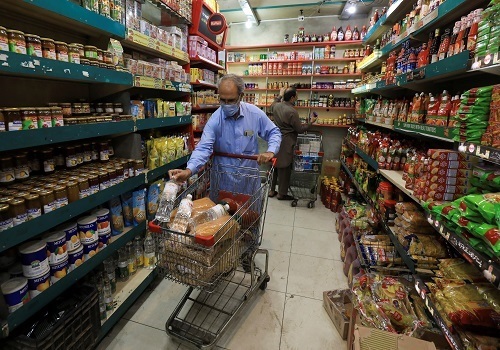
Consumer Staples & Discretionary Sector Update : Beneath The Surface (BTS) By ICICI Securities
More News

Auto Sector Update - October21 review: Uptrend persists in CVs; better chip supplies to aid ...


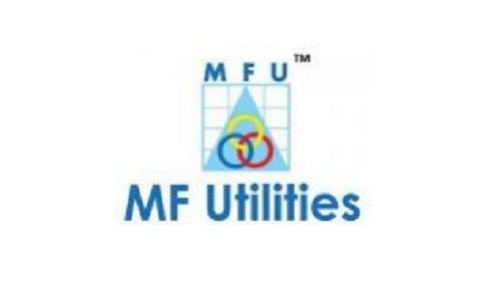


 320-x-100_uti_gold.jpg" alt="Advertisement">
320-x-100_uti_gold.jpg" alt="Advertisement">



